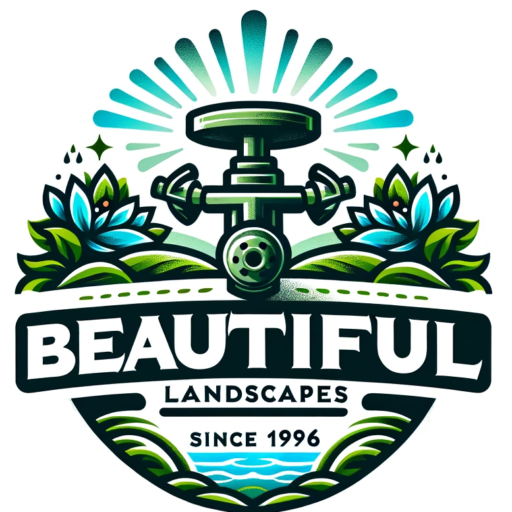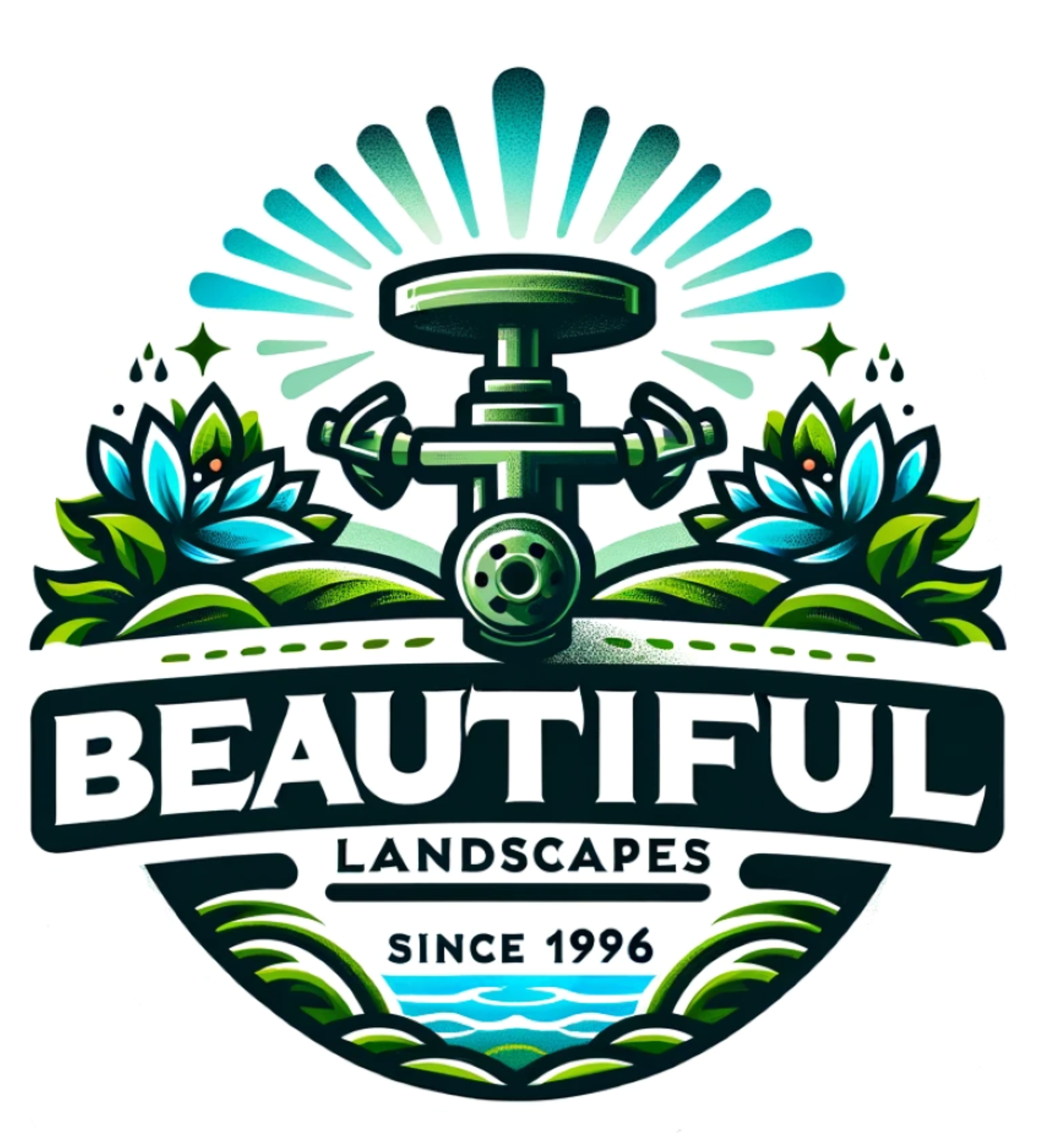A reader said he had heard of the practice of shredding leaves prior to using them as mulch but wondered about the reason behind it. Was it just to make it easier to dispose of the leaves, since, once shredded, the load would be more compact? Or was there some other benefit?
Shredding leaves before using them as mulch offers several benefits beyond mere convenience. While it does indeed make the leaves easier to handle and dispose of due to their reduced bulk, the primary advantage lies in the accelerated decomposition process. Shredding increases the surface area of the leaves, allowing microbes and beneficial organisms to break them down more efficiently. This results in quicker decomposition and nutrient release, enriching the soil and promoting healthier plant growth. Additionally, shredded leaves form a denser mulch layer that helps suppress weeds, retain moisture, and regulate soil temperature more effectively than whole leaves. So, while shredding may simplify leaf management, its real value lies in enhancing soil health and supporting vibrant garden ecosystems.
“Shredding leaves before using them as mulch not only aids in their decomposition but also enhances their effectiveness as a protective layer for soil and plant roots. By breaking down the leaves into smaller pieces, you accelerate the decomposition process, allowing nutrients to be released more readily into the soil. Additionally, shredded leaves provide better coverage and insulation against temperature extremes, retain moisture more effectively, and discourage weed growth. It’s a practice that not only conserves resources but also promotes healthier and more vibrant landscapes.” – Frederick Law Olmsted


